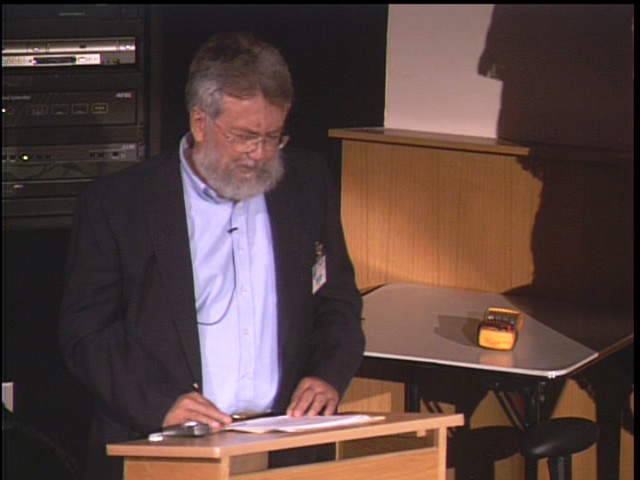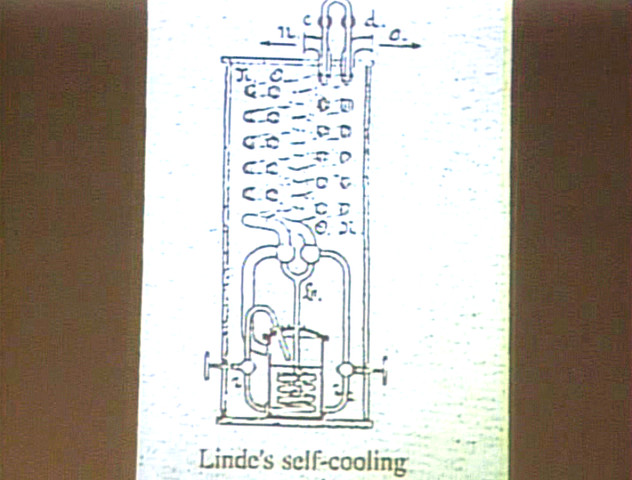Originally posted by ET-Power
View Post
yeah who doesn't like flashing lights?
I like your enthusiasm

the top and bottom coils, need to resonate at the same frequency, so they become part of the same field. I adjust the resonant frequency, by putting a variable capacitor parallel to one of the coils (the coil with the higher resonant frequency). This added capacitance, lowers the resonant frequency.
To be clear about the capacitor, the windings, are the plates.
To get more gain, would mean raising the voltage, by using larger voltage pulses.
More gain, is not only due to voltage, but also to the plate area, and the closeness of the plates. The plates, are the windings. So, if you would use flat wires, or foil, as a winding, and if you make shure the windings are really close. it would give a better gain.
I found, the smaller the better. I've build some coils with 0,75mm2 Speaker wire. But its not ideal. I've also made a coil out of aluminum foil, and plastic flower wrapping foil. (that was a hell of a job!) that worked good. but then you have the problem of how to put the coil into resonance (or how to put 2 coils in resonance around another coil). Not very practical.
Another gain factor, is the dielectric medium between the windings. As in a capacitor it works best, when a dielectric material is between the plates. You could use glue, or candle wax.
For me it was glue (cyanoacrylaat). But it was just to fixate the windings.
So, plate area, voltage, distance between the windings, dielectric material.
I tried to make the coils as equal as possible. but they weren't perfect. And Tuning, is a dynamic thing. It depends on the setup. there is also capacitance between the bifilar coils. I have a osciloscoop to see the signal, and the voltage rise. but you could use neon bulbs (those small ones) as they light brightly up, when connected to a coil in resonance (yes single wire again).









 Can you compress what you have gathered
Can you compress what you have gathered
Comment